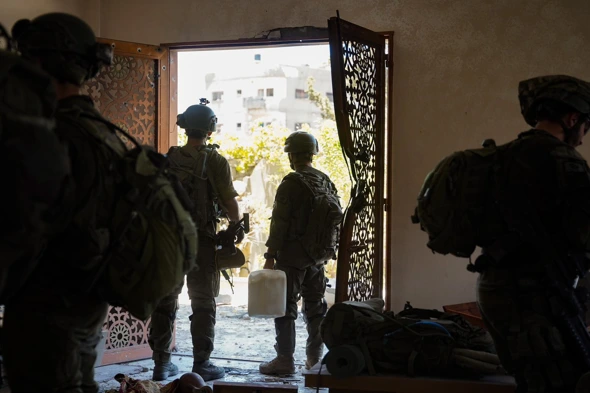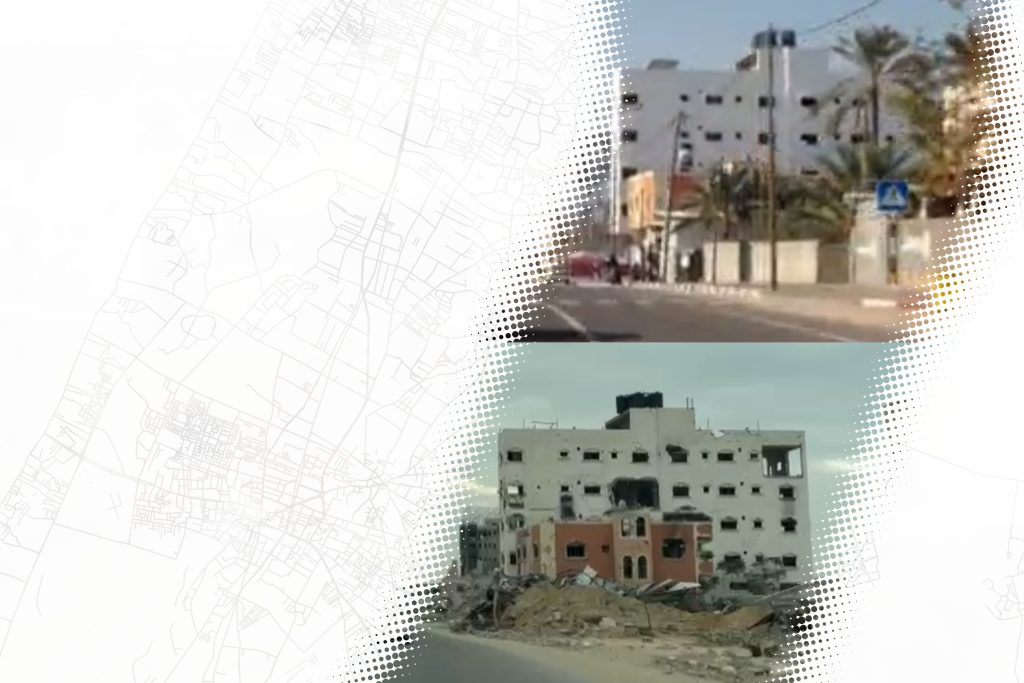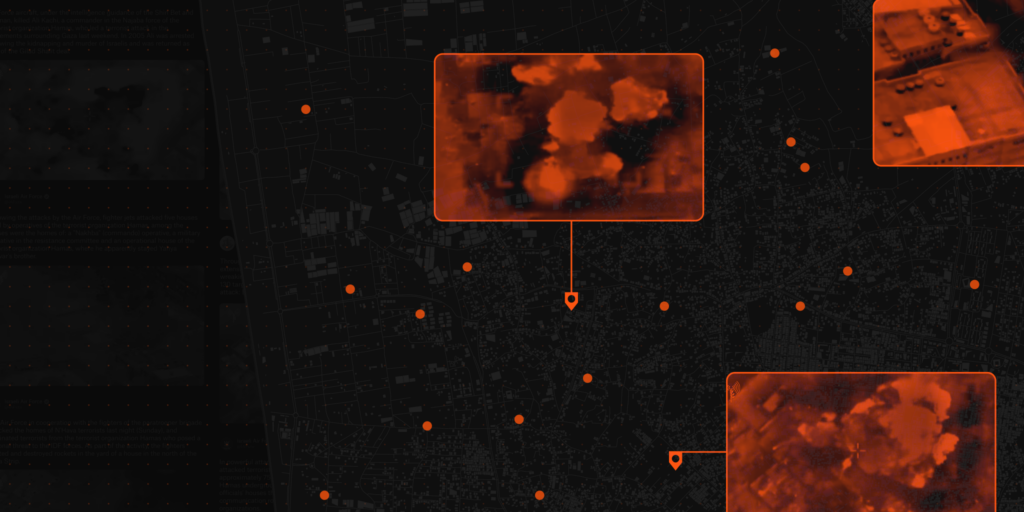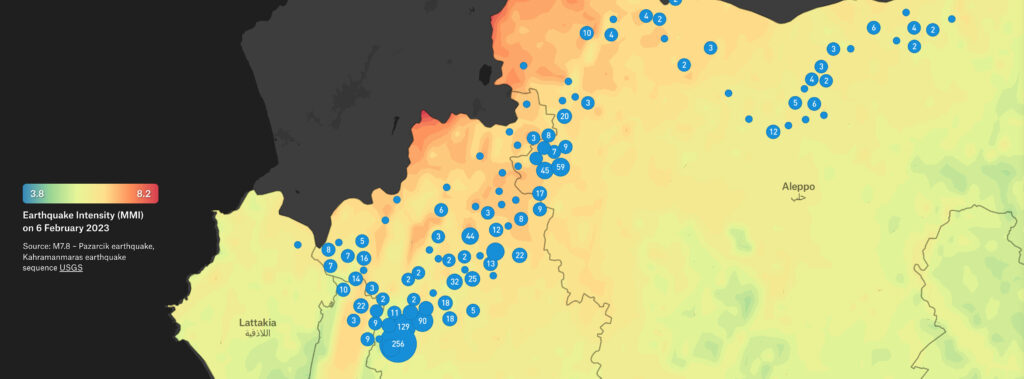The Israel Defense Forces (IDF) have been active in a number of military campaigns, ostensibly against Palestinian militant groups and Iran-backed affiliates, leading to interventions in Gaza and the West Bank, Lebanon, Syria and Yemen.
Airwars has documented allegations of civilian harm from IDF actions in Gaza in May 2021 and since 2023, in Lebanon since 2024, Yemen since 2023 and in Syria over several decades. Airwars has produced a number of major investigations and research papers on harm caused by the IDF.

Conflicts monitored involving Israeli Military





